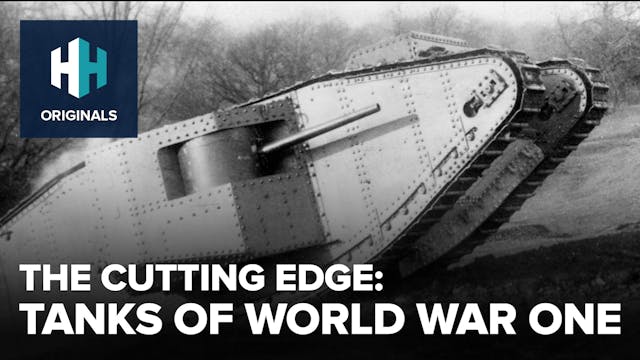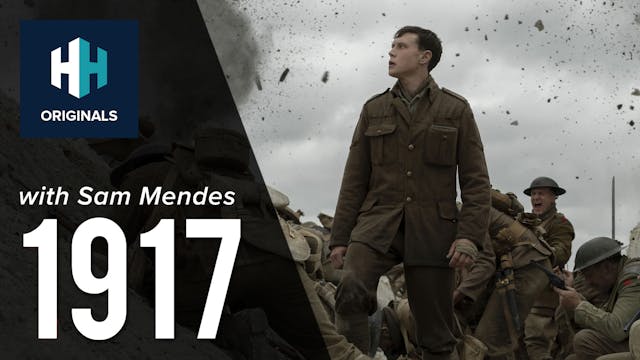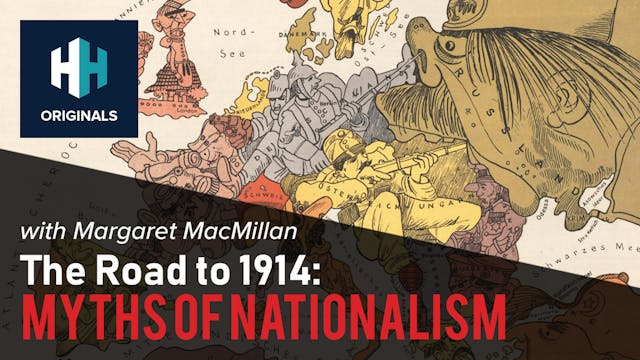The Western Front
World War One
•
1h 9m
The Western Front, a 400-plus-mile stretch of land weaving through France and Belgium from the Swiss border to the North Sea, was the decisive front during World War One. Despite the global nature of the conflict, much of the world remembers the scars of the Great War through the lens of these battles. Images of decimated trees, deep set trenches and sliding mud have endured in public consciousness, particularly due to their prevalence in literary and film depictions of the war. The horrors that were endured there are almost unimaginable today. The Western Front simmered incessantly with low-level violence, producing daily causalities that were compounded by ‘wastage’ losses due to disease or the environment. Rats were everywhere, spreading disease and feeding on food scraps or the remains of men. Bodies of dead soldiers that could be retrieved would be buried in or near the trenches – often, they were left where they were. In the run up to the close of the World War One centenary, Dan Snow travels to France and Belgium to visit some of the key battles of this harrowing conflict; from the tunnels of the Vimy Ridge, to the moving memorials at Newfoundland Park and the sweeping expanses of the Ypres salient.
Up Next in World War One
-
The Cutting Edge: Tanks in World War One
On 15 September 1916 the battlefield changed forever. At Flers-Courcelette, during the brutal, bloody fighting on the Somme, the British army released a new weapon designed to combat the devastating power of the machine gun: the tank. Moving on caterpillar tracks and protected by plated armour, t...
-
Sam Mendes on 1917
1917 is a new film directed by Golden Globe winning film maker Sir Sam Mendes. Set in early 1917, at the height of the First World War on the Western Front, Mendes uses the backdrop of the German retreat to the Hindenburg Line as the stage for telling a story inspired by the memories of Alfred Me...
-
The Road to 1914: Myths of Nationalism
Margaret MacMillan talks to her nephew Dan about her seminal book 'The War That Ended Peace: The Road To 1914'. They discuss the importance of Storytelling to the historian's process, the ways in which political actors at the time viewed the relation between fate and choice, the role that masculi...



